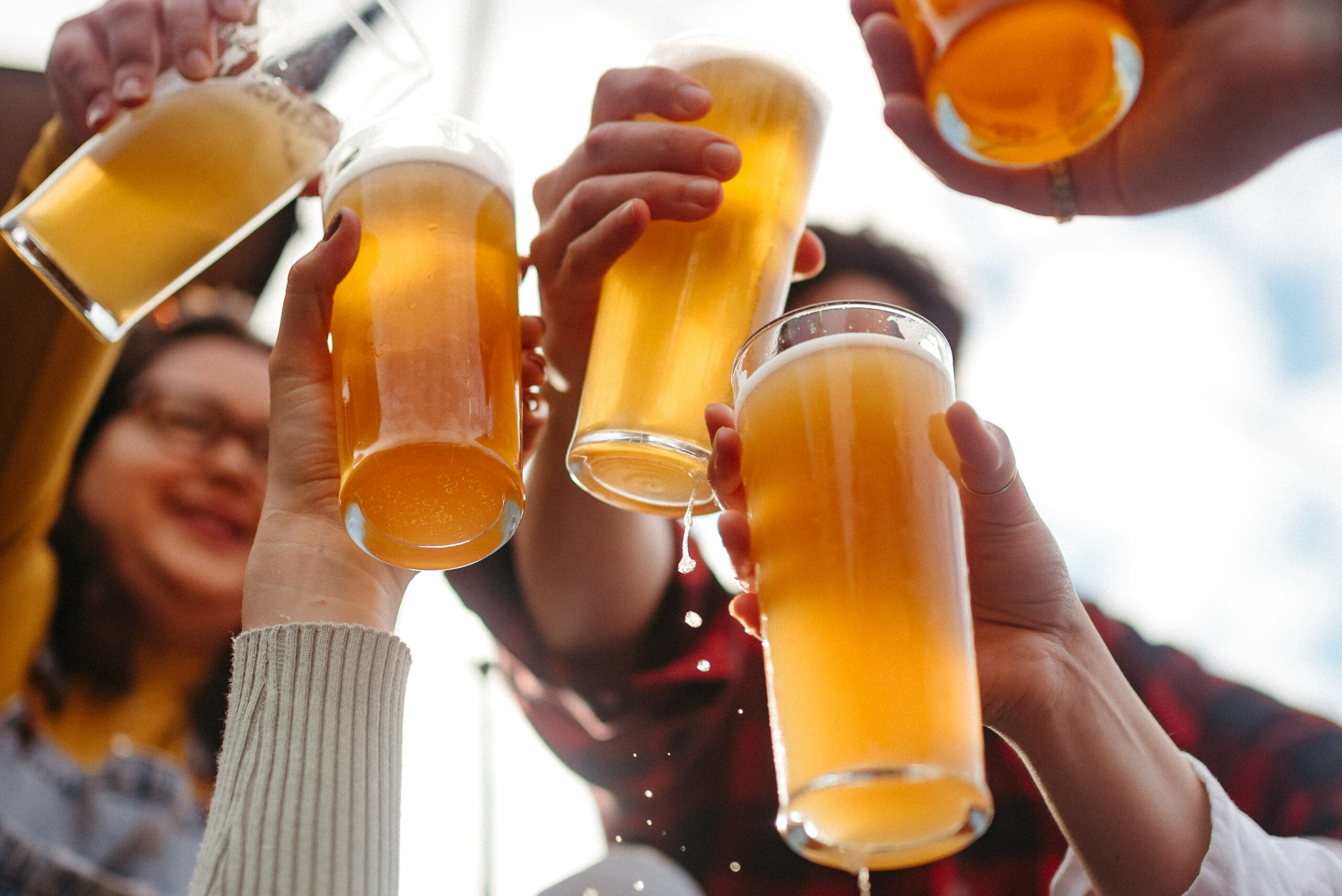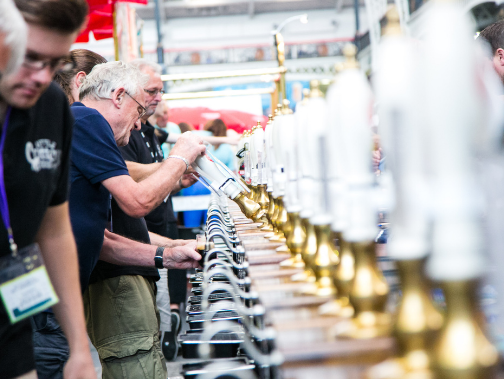CAMRA’s campaigning
It’s hard to imagine but there was a time when ABVs (the percentage figure showing the strength of a beer, cider or perry)
were fiercely guarded secrets.
In 1976, CAMRA members took on the fight to make sure that consumers had the right to information at the point of sale by
collecting beer samples from pubs around the country. The strength of the beer was tested, then published in What’s Brewing
and the Good Beer Guide. This move forced brewers’ hands to start sharing information on ABVs for the very first time.
Then during the 1980s, as real ale regained popularity largely through the efforts of CAMRA, it became apparent that
many licensees were actively misleading customers by displaying handpumps to serve keg beers, effectively cashing in
on the real ale boom without actually serving the product. CAMRA’s campaigning helped to persuade Trading Standards
that action should be taken against this practice, meaning a handpump on the bar was an assurance that real ale, cider
or perry was being served.





















